________________________________________________________________________________
Compact Track Loaders / Bobcat Compact Track Loaders / Bobcat T64Bobcat T64 Track Loader Troubleshooting

The Bobcat T64 compact track loader is powered by 146.5 cu.in (2.4L) Bobcat Doosan D24 vertical inline 4-cylinder turbocharged diesel engine with a rated power of 68 hp (50.7 kW) at 2600 rpm. The Bobcat T64 is equipped with 1-speed or 2-speed hydrostatic transmission, wet disc brakes, and 12.6" (320 mm) or 15.7" (400 mm) rubber tracks. The hydraulic system has a pump with fluid flow rate of 17.6 gpm (66.5 lpm). The hydraulic pressure is 3550 psi (245 bar). The track loader has a rated operating capacity of 2300 lbs (1043 kg) and tipping load of 6570 lbs (2980 kg). The boom lifting force is 4474 lbs (2029 kg), and bucket breakout force is 5085 lbs (2307 kg).
Engine Troubleshooting
Engine starts up hard or will not start
Air in fuel tank - Bleed fuel tank.
Dirty fuel filter - Service the filter.
Fuel injection nozzles are dirty or defective - Test injection nozzles and change if necessary.
Dirt or water in fuel system - Drain water or flush dirt from the system.
Valve clearance is out of adjustment - Adjust valve clearance.
Fuel injection pump is not working correctly - Change pump or rebuild it.
Engine starts but stalls immediately
Clogged air filter - Replace or clean air filter element.
Fuel filter plugging - Replace the filter element.
Poor fuel injection pump tightness - Look for any leaks of fuel pump, tighten it fast.
Defective or clogged fuel injectors - Change or clean fuel injectors.
Fuel injection pump malfunction - Repair or install new pump.
Engine stops running suddenly
Coolant temperature is low - Normalize the temperature by warming up the engine.
Clogged fuel filter - Replace the filter element.
Air in the fuel system - Air bleeding.
Defective or clogged injection nozzle - Test injection nozzles and change if necessary.
Improper setting of fuel injection pump timing - Adjust according to specifications.
Engine stops when idle
Incorrectly adjusted low idle speed - Correct the settings.
Fuel injection pump is defective - Rebuild or install a new injection pump.
Damaged or clogged injectors - Inspect fuel injectors and change as required.
Improper valve clearance - Adjustment procedure required.
Diesel engine loses power
Air cleaner is clogged - Install new air cleaner element.
Faulty fuel injection nozzles - Change fuel injection nozzles.
Uneven fuel injection pressure - Adjust to proper pressure.
Valve clearance is wrong - Adjust valve clearance according to specifications.
Too low idle RPM - Adjust the low idle speed.
Dirty fuel hoses or lines - Clean fuel hoses and lines.
Defective cylinder head gasket - Install a new gasket.
Worn or damaged piston rings - Install new piston rings.
Engine overheats
Engine has a lack of coolant - Fill the cooling system and check components for leaks or other faults.
Engine oil insufficient - Add oil to the engine crankcase.
Dirty radiator fins or defective radiator cap - Clean radiator or install new cap.
Loose or damaged fan belt - Belt replacement is recommended.
Engine is under excessive load - Reduce load on the engine.
Oil pressure too low
Engine oil insufficient - Need to add oil.
Oil filter is clogged - Replace or service engine oil filter.
Different type of engine oil - Use oil of proper viscosity.
Incorrect oil clearance in main bearing - Bearing needs to be changed.
Defective oil pump - Remove and inspect oil pump.
Engine noises or knocks
Engine oil insufficient - Checking oil level and add if necessary.
Low coolant temperature - Warm up the engine.
Incorrect adjustment of fuel injection pump timing - Use the correct fuel injection pump timing adjustment.
Incorrect low idle setting - Test and adjust.
Dirty or defective injectors - Clean or replace fuel injectors.
Connecting rod is worn or not aligned - Connecting rod needs to be replaced or aligned.
Piston wear or scoring - Pistons need to be replaced.
Drive system does not work in either direction
Low hydraulic fluid level - Fill up the hydraulic fluid.
Defective or blocked track mechanism - Remedy blockage or repair tracks.
Relief valve defective or worn - Service or change relief valve.
Clogged hydraulic filter or suction line - Check, clean, or change if necessary.
Defective foot or hand controls - Change or repair.
Drive pump or motor is damaged - Inspect and change as required.
Machine does not move straight or moves jerky
Damaged or jammed undercarriage tracks - Remove jamming or repair tracks.
Sagging or faulty tracks - Replace tracks or adjust track sag with tension.
Foreign objects, debris, or dirt jammed in track frame - Clean undercarriage track frame, remove foreign objects and debris.
Reduced power
Plugged hydraulic oil filter - Replace hydraulic filter.
Opened or defective relief valve - Replace or close relief valve.
Defective or worn transmission parts - Check and change faulty components.
Input drive shaft is defective - Service or change faulty drive shaft.
Hydraulic system is leaking air - Bleed air from system.
Drive system keeps overheating
Low hydraulic fluid level - Checking hydraulic fluid level and add if necessary.
Plugged hydraulic fluid filter - Replace or service hydraulic filter.
Stuck relief valve - Repair or install a new relief valve.
Hydraulic motor or drive pump is worn - Replace or repair faulty component.
Plugged hydraulic oil cooler - Clean the cooling fins.
Transmission overloading - Reduce loading.
Drive system is noisy
Oil viscosity is too heavy - Use oil of proper viscosity.
Air in hydraulic system - Bleed air from system.
Hydraulic motor or drive pump is worn - Inspect and change as required.
Defective or worn mechanical parts of drive system - Check drive system and change faulty parts.
Hydraulic system overheated
Hydraulic pressure is incorrect - Adjust pressure as required.
Main relief valve improper adjustment or failure - Replace or set up the relief valve.
Dirty hydraulic oil - Change hydraulic oil.
Not enough hydraulic fluid in the system - Check and refill the hydraulic fluid.
Worn hydraulic oil pump - Repair or change pump if required.
Lift arm cannot be raised or lowered
Lift controls are damaged - Repair or replace.
Damaged hydraulic oil pump - Repair or install new hydraulic pump.
Hydraulic control valve failure - Replace or repair the valve.
Hydraulic cylinder is defective - Replace or repair boom cylinder.
Insufficient hydraulic oil - Check and refill the hydraulic oil.
Bucket fails to tilt
Bucket tilt controls are defective - Repair or change.
Hydraulic pump not working - Repair or replace pump if necessary.
Hydraulic control valve is faulty - Repair or replace the valve.
Defective bucket cylinder - Install a new cylinder or repair it.
Insufficient hydraulic fluid - Checking hydraulic fluid level and add if necessary.
Boom or bucket is moving slowly
Hydraulic pump is faulty - Check the pump performance and replace it if required.
Leaking hydraulic cylinder - Cylinder seals need to be replaced.
Hydraulic oil level low - Check and refill the hydraulic oil.
Hydraulic control valve is unadjusted or worn - Adjust properly or repair.
Hydraulic pressure loss - Adjust pressure correctly.
Bucket or boom is moving jerkily
Air leaks in hydraulic system - Bleed hydraulic system.
Hydraulic oil filter clogging - Clean or replace the filter.
Hydraulic oil is dirty - Fill up with fresh hydraulic oil.
Cylinder tube or rod is scored - Change worn component.
Hydraulic pump is excessively noisy
Low oil level or hydraulic leaks - Correct hydraulic leaks or top up oil as needed.
Dirty hydraulic filter - Change or clean oil filter.
Dirty suction line - Suction line needs to be cleaned.
Air in hydraulic pump - Air bleeding is required.
Worn pump components - Replace or rebuild the pump.
Battery cannot be charged
Loose or corroded cable connections - Tighten or clean connections.
Battery terminal clamps are faulty - Install new terminal clamps.
Worn-out battery - Install a new battery.
Loose or defective belt - Replace belt or adjust belt tension.
Starter turns slow
Low battery output voltage - Charge the battery.
Battery won’t hold charge - Service charging system or change battery.
Terminals are faulty or battery cables are disconnected - Check wire connections and change or service terminals.
Starter will not crank
Battery is low or faulty - Need to charge or replace the battery.
Disconnected or incorrectly connected wires - Inspect battery wires and connect correctly.
Battery voltage is low - Low battery charging, charge as required.
Defective starter motor - Starter should be changed.
________________________________________________________________________________
________________________________________________________________________________________
| BOBCAT SKID STEER AND COMPACT TRACK LOADERS |
________________________________________________________________________________________
________________________________________________________________________________________
________________________________________________________________________________________
________________________________________________________________________________________
| GEHL SKID STEER AND COMPACT TRACK LOADERS |
________________________________________________________________________________________
________________________________________________________________________________________
________________________________________________________________________________________
| CASE SKID STEER AND COMPACT TRACK LOADERS |
________________________________________________________________________________________
________________________________________________________________________________________
________________________________________________________________________________________
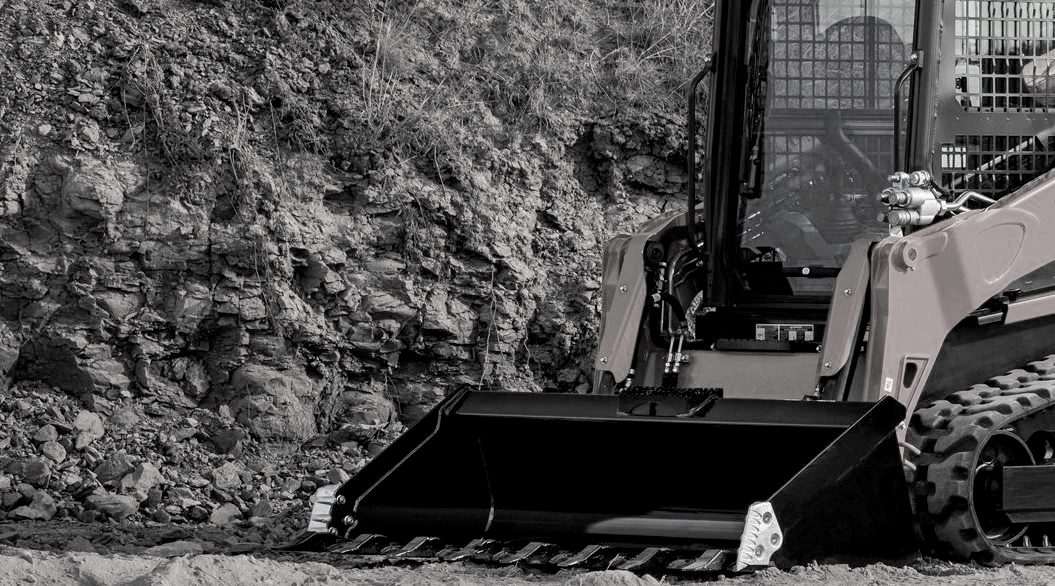
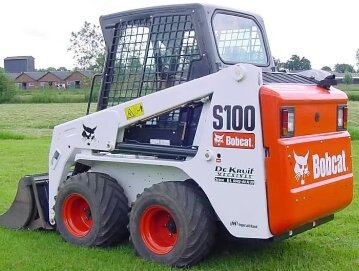 S100
S100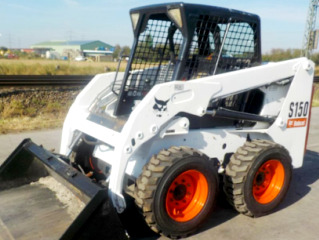 S150
S150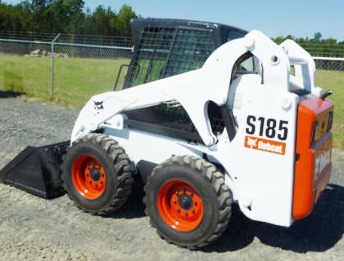 S185
S185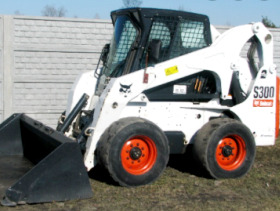 S300
S300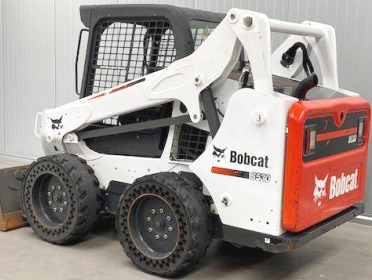 S530
S530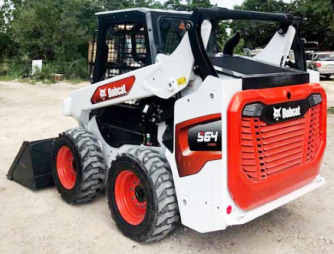 S64
S64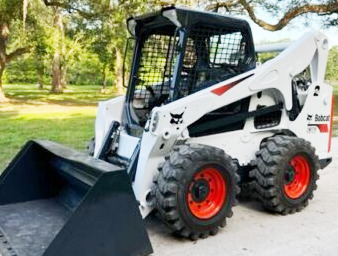 S740
S740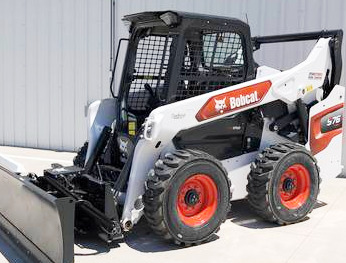 S76
S76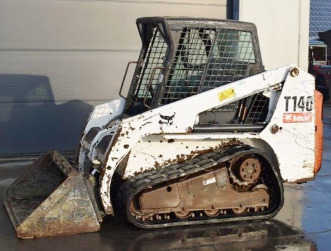 T140
T140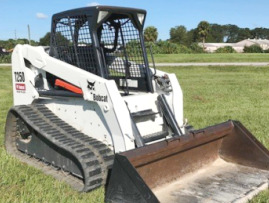 T250
T250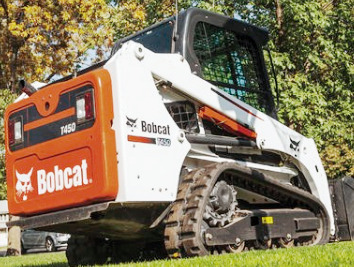 T450
T450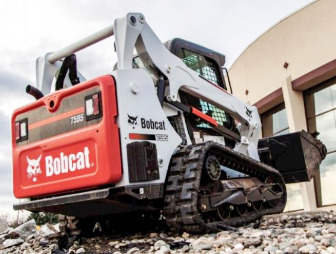 T595
T595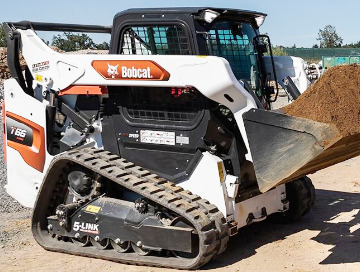 T66
T66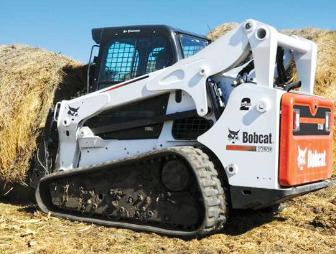 T750
T750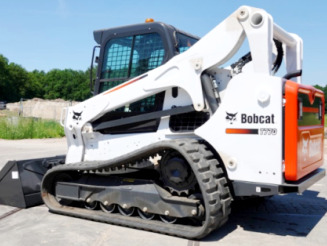 T770
T770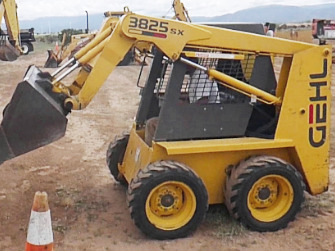 3825SX
3825SX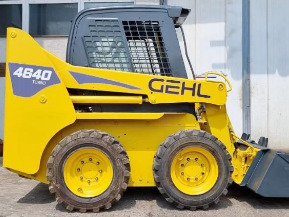 4640
4640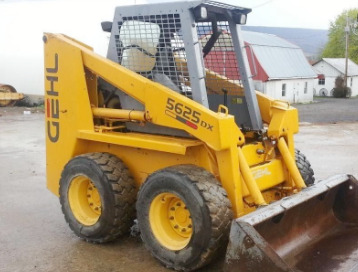 5625DX
5625DX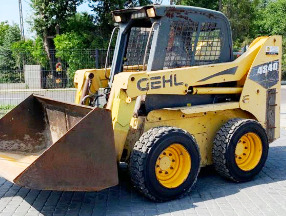 4840E
4840E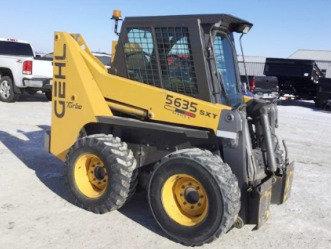 5635SXT
5635SXT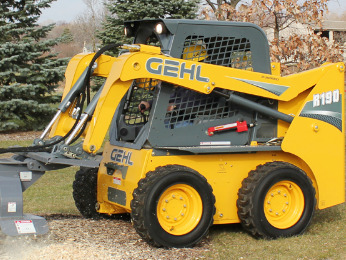 R190
R190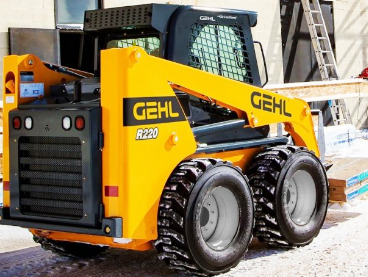 R220
R220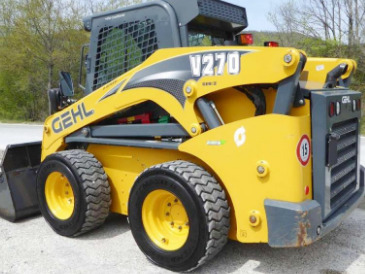 V270
V270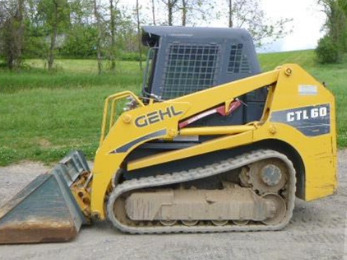 CTL60
CTL60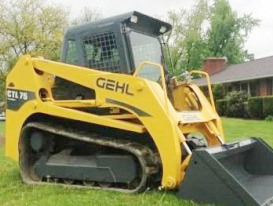 CTL75
CTL75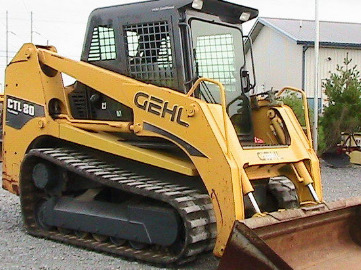 CTL80
CTL80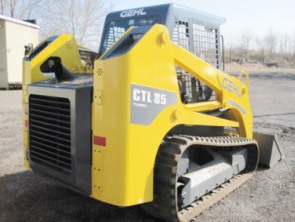 CTL85
CTL85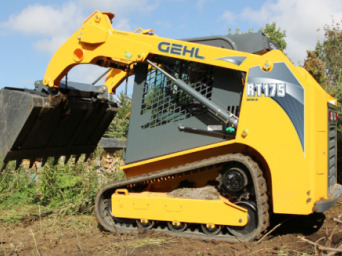 RT175
RT175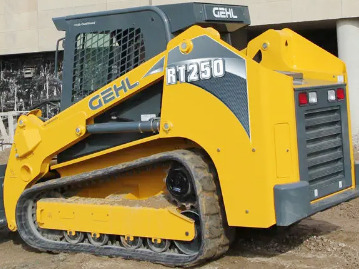 RT251
RT251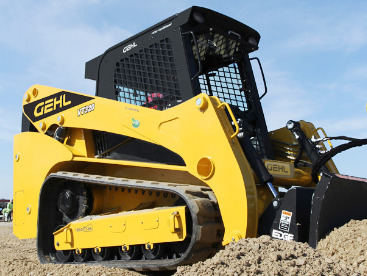 VT320
VT320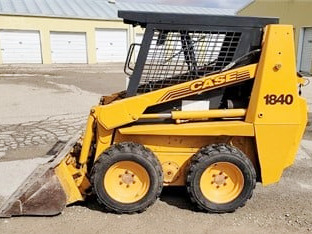 1840
1840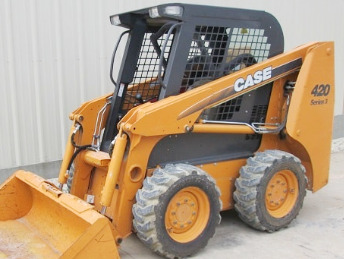 420
420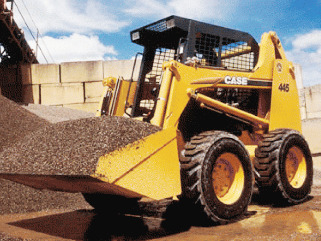 445
445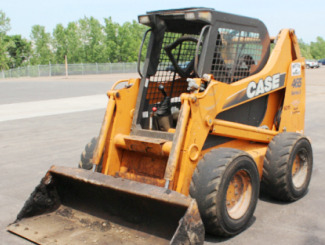 465
465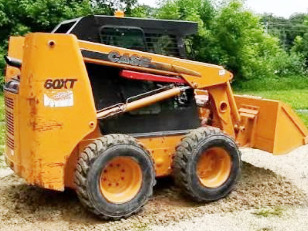 60XT
60XT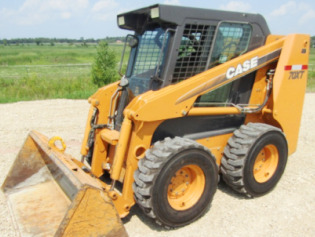 70XT
70XT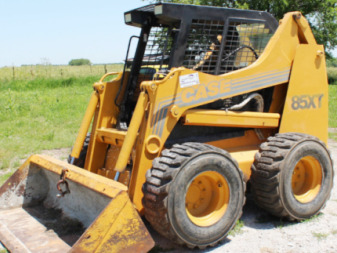 85XT
85XT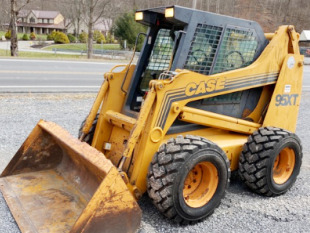 95XT
95XT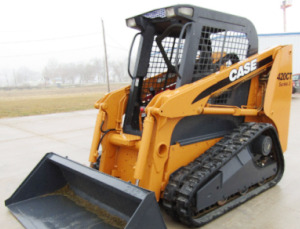 420CT
420CT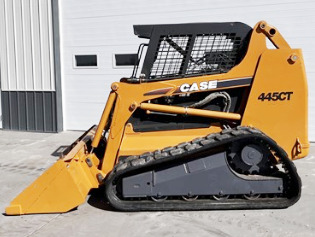 445CT
445CT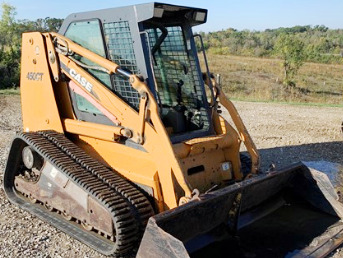 450CT
450CT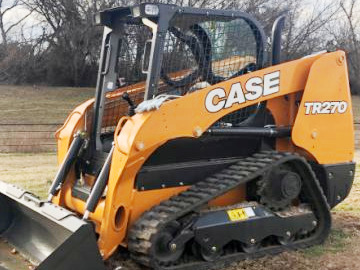 TR270
TR270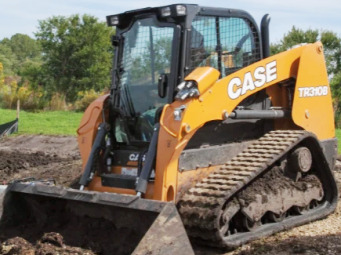 TR310B
TR310B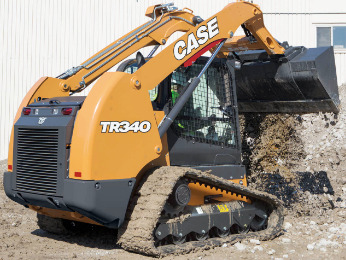 TR340
TR340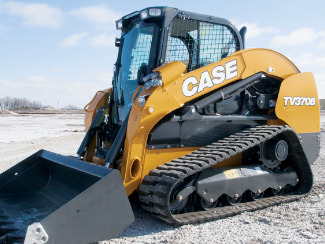 TV370B
TV370B